Islamic Symbols
This page lists of the various symbols in the Islamic Symbols group.
Symbols in this group:
Banana
First cultivated in Southeast Asia and New Guinea, the banana is now an important crop in many parts of the world. Although the symbolic meaning of the banana varies quite sharply from area to area, individual connotations can reveal important insights into the cultures from which they originate.
Dates
The cultivation of dates began over 5000 years ago, and the fruit is still an important foodstuff in many parts of the world. In terms of symbolism, the date has much in common with the fig, and aside from the fruit itself, date palm trees hold symbolic importance in their own right.
Peacock
Although indigenous to the Indian sub-continent, the peacock has spread far beyond its native land and acquired symbolic meaning in a number of diverse cultures.
Rub el Hizb
The Rub el Hizb (Arabic: ربع الحزب rubʿ al-ḥizb) is a Muslim symbol, represented as two overlapping squares, which is found on a number of emblems and flags. In Arabic, Rubʻ means "one fourth, quarter", while Hizb means a group or party.
White Rose
Perhaps the most famous of all flowers, the rose has been a prominent symbol for many millennia. The symbolic meanings of this flower are almost innumerable, but one of the easiest ways to catalog them is by the color of individual blossoms.
Citation
Use the citation below to add this symbols group page to your bibliography:
Style:MLAChicagoAPA
"Islamic Symbols." Symbols.com. STANDS4 LLC, 2025. Web. 26 Feb. 2025. <https://www.symbols.com/group/23/Islamic+Symbols>.


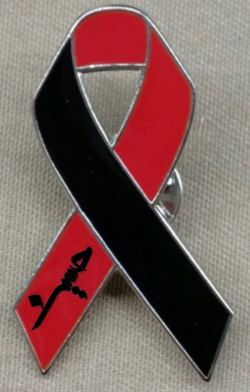
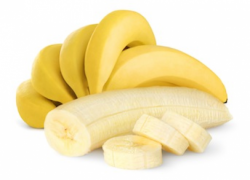
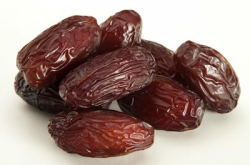
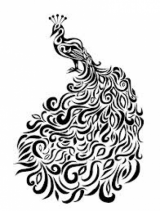

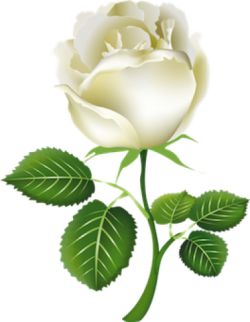




Have a discussion about the Islamic Symbols group with the community:
Report Comment
We're doing our best to make sure our content is useful, accurate and safe.
If by any chance you spot an inappropriate comment while navigating through our website please use this form to let us know, and we'll take care of it shortly.
Attachment
You need to be logged in to favorite.
Log In